In our increasingly digital world, staying connected has never been more critical. Whether you're on a business trip, hiking in the wilderness, or just out and about, your devices need power. That's where wireless power banks come in handy. These portable chargers have become an essential accessory for anyone on the go, offering a convenient way to keep your devices juiced up without the hassle of cables. But with so many options on the market, how do you choose the right wireless power bank for your needs? In this guide, we'll walk you through the essential factors to consider when making your selection.

Capacity Matters
The first and foremost consideration when choosing a wireless power bank is its capacity, measured in milliampere-hours (mAh). The capacity determines how many times your device can be charged before the power bank itself needs recharging. To find the right capacity for your needs, consider the following:
Your frequency of use
The most common capacities of wireless power banks are 5,000 mAh and 10,000 mAh. 5,000 mAh can charge your smartphone once, and 10,000 mAh can charge your phone 2-3 times; of course, this is not the case. Higher capacity is better, depending on your needs, as higher capacity tends to be heavier. If you use it more frequently or travel long distances, it is recommended to choose a wireless power bank with a capacity of more than 10,000 mAh; if you don’t want to be too burdened and occasionally charge your phone, 5,000 mAh is enough.
Power conversion efficiency
As mentioned earlier, the working principle of wireless power banks is to complete power transmission through magnetic induction technology. During this process, heat will be generated and a part of the power will be lost. The higher the temperature, the greater the loss; therefore, good heat dissipation and temperature control systems are crucial. Some wireless power banks even have built-in cooling fans specifically for mobile phone cooling. ICEMAG wireless power banks use built-in fans to achieve good heat dissipation to ensure good conversion efficiency and stable charging power.
Charging Speed
Another crucial factor is the charging speed. Wireless power banks come with varying charging speeds, and it's essential to match the speed with your device's capabilities. Look for power banks with fast charging technology like Qualcomm Quick Charge or Power Delivery (PD) for efficient charging. Be sure to check the power bank's output in watts or amps, as this can give you a good indication of how quickly it can charge your device.
Wireless Compatibili
Not all wireless power banks are compatible with all devices. Make sure the power bank you choose supports the wireless charging standard used by your smartphone or other devices. The most common standards are Qi wireless charging and the newer MagSafe for Apple devices. Some power banks may also support multiple standards, making them versatile for various gadgets.
Portability and Design
Consider the size and weight of the power bank. If you plan to carry it in your pocket or purse, a compact and lightweight design is essential. On the other hand, if you have a backpack or travel bag, you can opt for a slightly larger power bank with more capacity. Additionally, the design and build quality matter, as you want a power bank that can withstand the rigors of daily use.
Number of Ports
While the main attraction of a wireless power bank is its wireless charging capability, having additional USB ports can be incredibly useful. These ports allow you to charge devices that don't support wireless charging or multiple devices simultaneously. Look for a power bank with at least one USB-C port for added versatility, The USB-C port has been widely used and has the best compatibility.
Battery Type
Wireless power banks come with different types of batteries, typically lithium-ion or lithium-polymer. Lithium-polymer batteries are generally lighter and more compact, making them a better choice for ultra-portable power banks. However, lithium-ion batteries often have higher capacities. Choose a power bank with the battery type that aligns with your priorities.
Conclusion
Selecting the perfect wireless power bank requires careful consideration of factors like capacity, charging speed, wireless compatibility, portability, number of ports, and battery type. By assessing your specific needs and preferences, you can find the ideal power bank that keeps your devices charged and keeps you connected, no matter where you are. Remember that investing in a high-quality wireless power bank is an investment in convenience and peace of mind during your daily adventures.
Finally, I would like to recommend a perfect wireless power bank: ICEMAG
ICEMAG is the first wireless power bank launched by SHARGE. It has SHARGE's consistent unique design and has a built-in RGB active cooling fan. It is a wireless power bank with good design and functions. Compatible with MagSafe, Qi and other charging protocols, and with a large capacity of 10,000 mAh, it is a rare gadget.



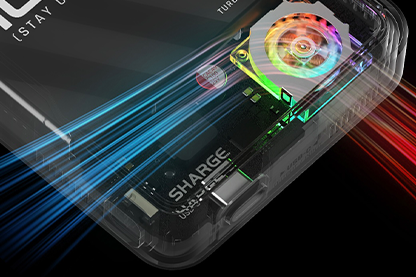
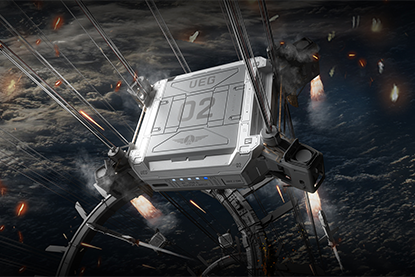
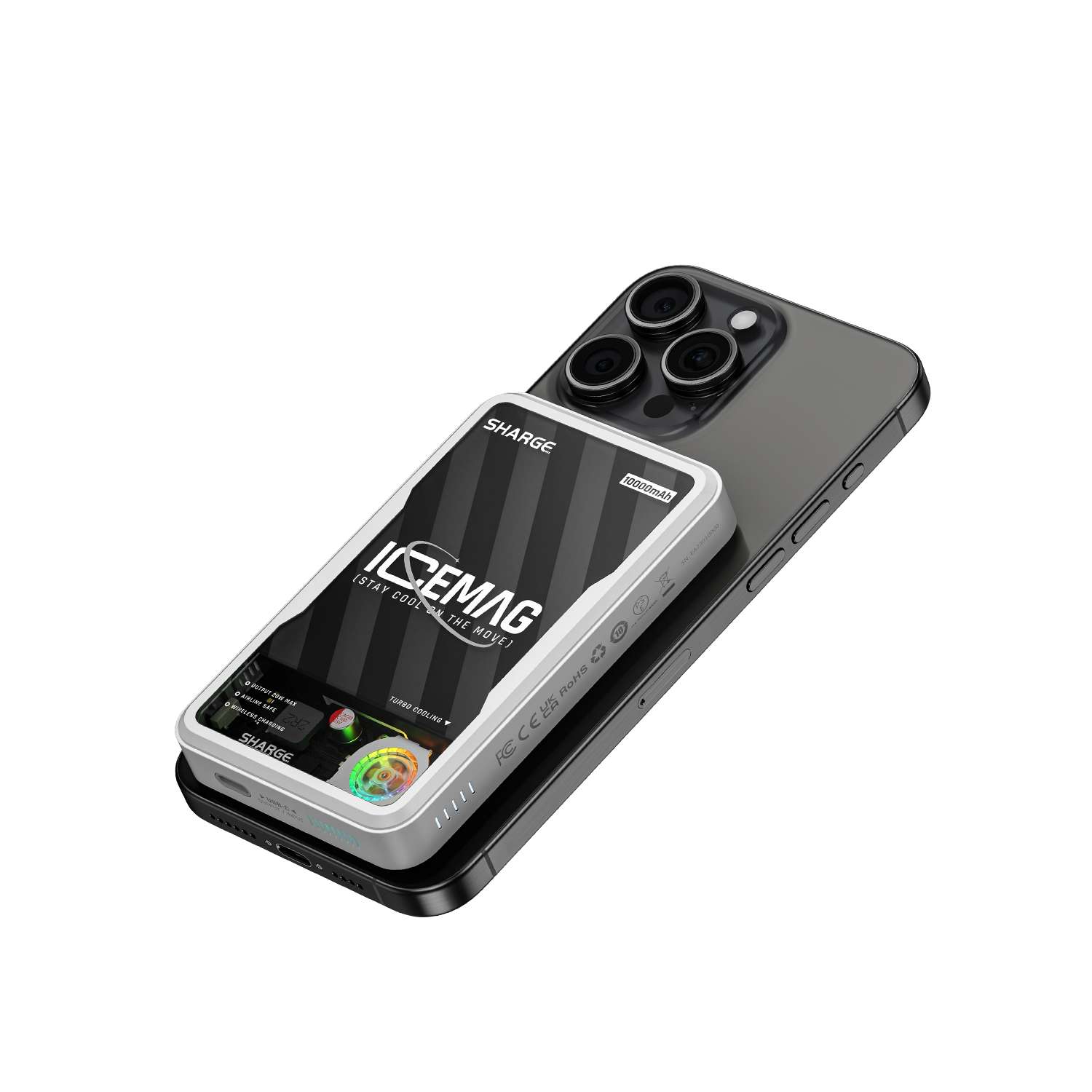
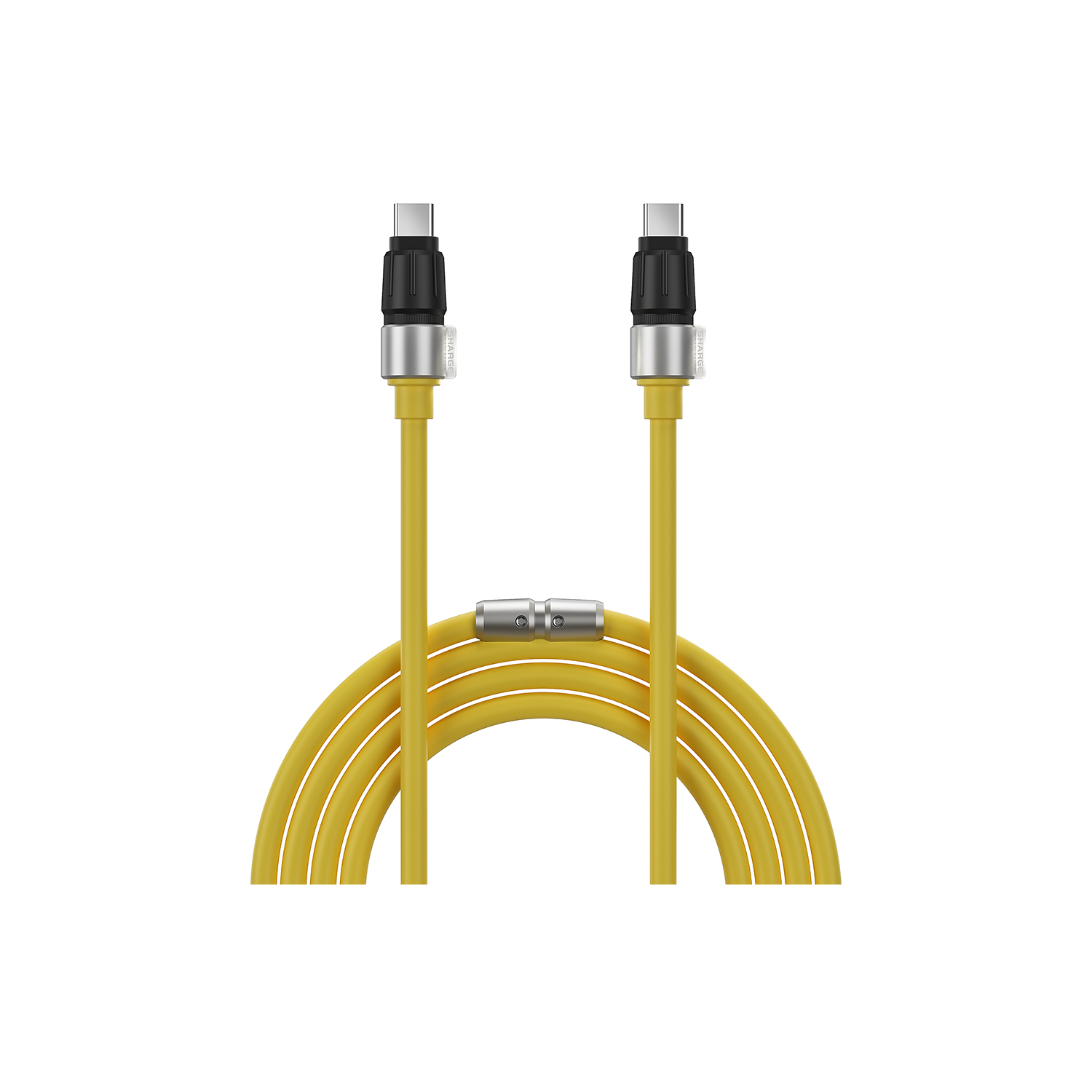
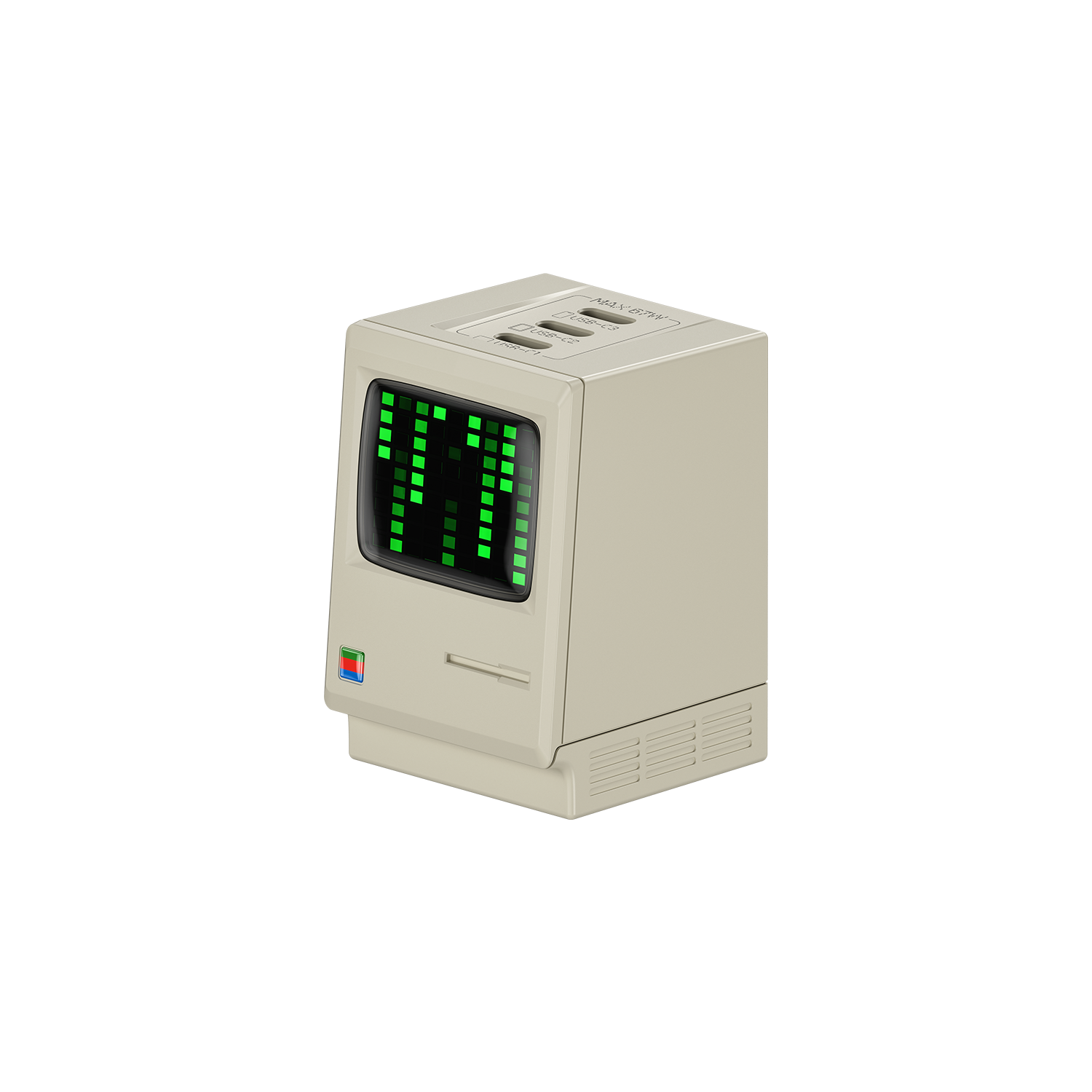
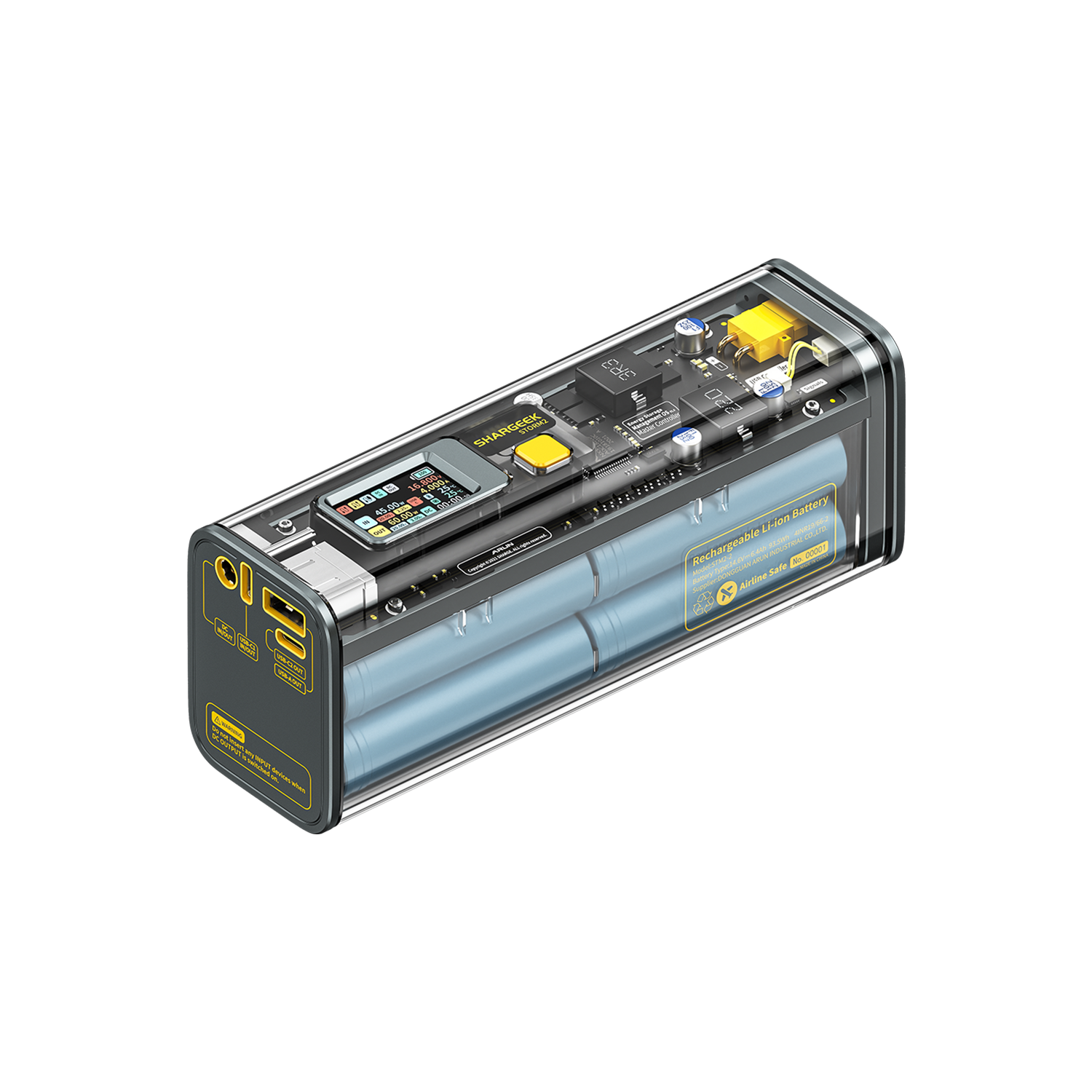
78 comments
1 waitfor delay '0:0:15' --
555
-1)) OR 355=(SELECT 355 FROM PG_SLEEP(15))--
555
-1); waitfor delay '0:0:15' --
555
-5) OR 987=(SELECT 987 FROM PG_SLEEP(15))--
555
-1; waitfor delay '0:0:15' --
555
Leave a comment
This site is protected by reCAPTCHA and the Google Privacy Policy and Terms of Service apply.